Content Menu
● Types of Swimwear Fabrics
● Fabric Blends
● Key Properties of Swimwear Fabrics
● Choosing the Right Swimwear Fabric
● Popular Swimwear Fabric Brands
● Trends in Swimwear Fabrics
● Visuals of Swimwear Fabrics
● Videos on Swimwear Fabric Selection
● Innovations in Swimwear Fabric Technology
● The Importance of Fit and Sizing
● Swimwear Care Tips
● Conclusion
● Related Questions & Answers
>> 1. What is the best fabric for competitive swimsuits?
>> 2. How do I care for my swimwear?
>> 3. Can I use cotton in my swimsuit?
>> 4. What does PBT stand for?
>> 5. Are there eco-friendly options available?
● Citations:
Swimwear is an essential part of summer wardrobes, beach vacations, and pool parties. However, not all swimwear is created equal; the fabric content plays a crucial role in determining the quality, comfort, and durability of swimwear. Understanding what materials are used in swimwear can help consumers make informed choices when purchasing swimsuits. This article explores the various types of fabrics used in swimwear, their properties, and how to choose the right one for your needs.
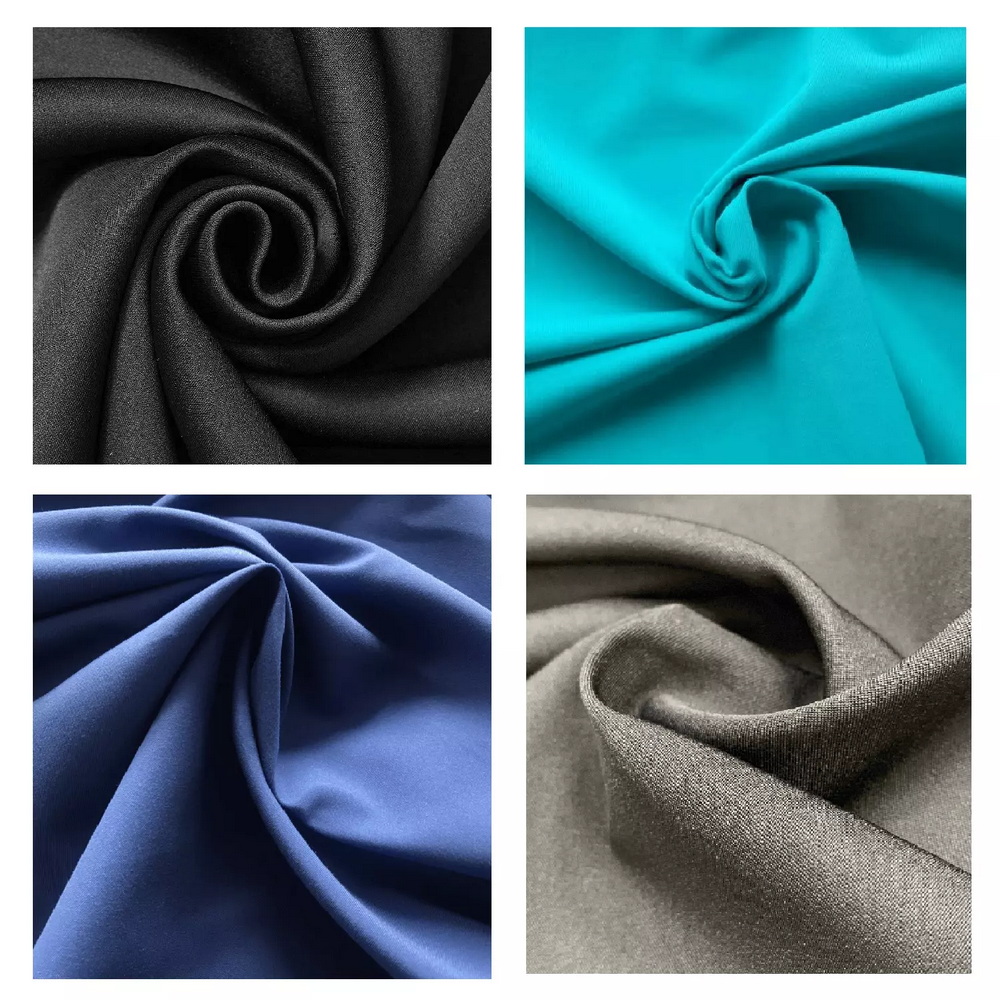
Types of Swimwear Fabrics
Swimwear fabrics are primarily designed to withstand water exposure while providing comfort and support. The most common materials used include:
- Nylon: A popular choice due to its softness and durability. Nylon swimwear is lightweight and quick-drying, making it ideal for casual swimming.
- Polyester: Known for its strength and resistance to chlorine and UV rays, polyester is often used in competitive swimwear. It retains its shape well and is less prone to fading compared to nylon.
- Spandex (Lycra/Elastane): This stretchy material is commonly blended with other fabrics to provide elasticity and a snug fit. It allows for a full range of motion, making it essential for performance swimwear.
- PBT (Polybutylene Terephthalate): A type of polyester that offers excellent stretch and chlorine resistance. PBT is often found in competitive swimsuits.
- Cotton: While not typically recommended for swimwear due to its absorbent nature, cotton may be used in casual beachwear or cover-ups.
Fabric Blends
Swimwear often consists of blends of these materials to enhance performance characteristics:
- Nylon/Spandex Blends: Typically composed of about 80% nylon and 20% spandex, this blend provides a soft feel with excellent stretch.
- Polyester/Spandex Blends: These blends offer improved durability and UV resistance while maintaining a comfortable fit.
- Recycled Fabrics: Increasingly popular are fabrics made from recycled materials, such as Repreve, which combines polyester with spandex for eco-friendly swimwear options.
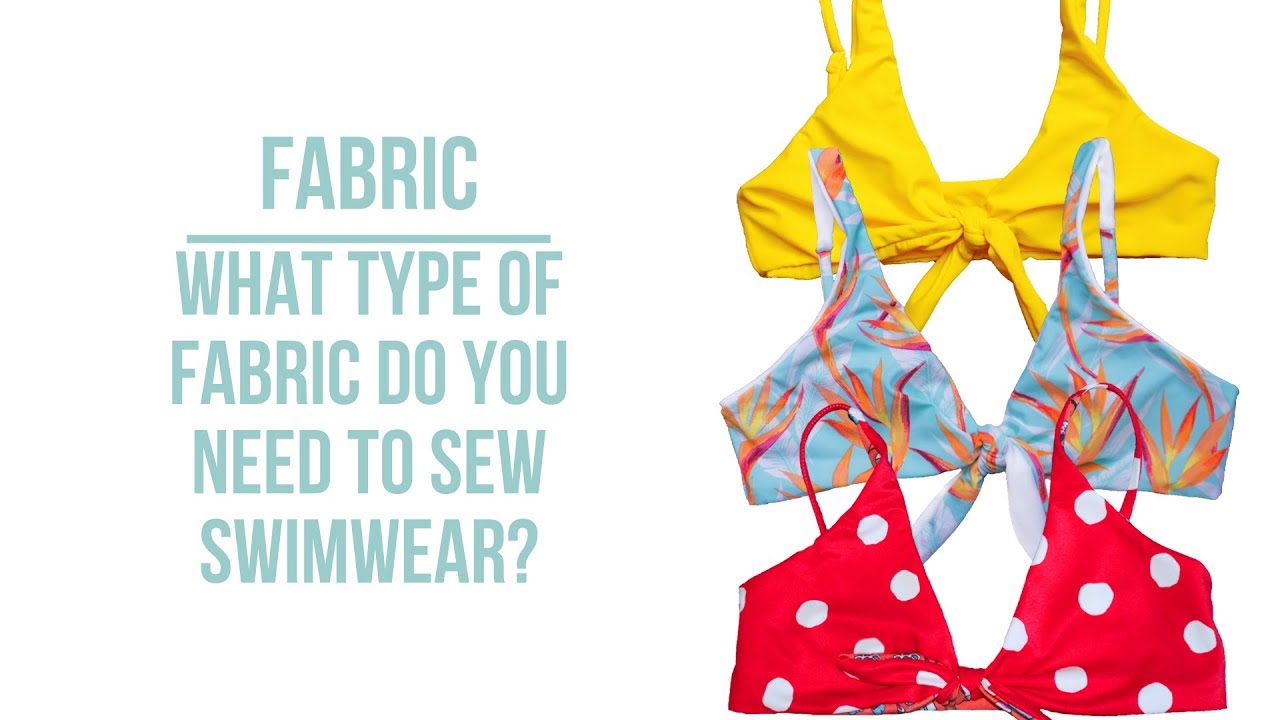
Key Properties of Swimwear Fabrics
When selecting swimwear fabric, consider the following properties:
- Stretchability: Fabrics should have 4-way stretch capabilities to allow for movement without restriction.
- Chlorine Resistance: Important for pool use; some fabrics are specifically treated to resist chlorine degradation.
- UV Protection: Fabrics that offer UV protection help shield the skin from harmful sun rays during outdoor swimming.
- Quick-Drying: Fabrics that dry quickly enhance comfort after swimming.
- Durability: High-quality fabrics will withstand repeated exposure to water without losing their shape or color.
Choosing the Right Swimwear Fabric
When choosing a swimsuit or fabric for making your own swimwear, consider your specific needs:
1. Purpose: Determine if you need a swimsuit for casual swimming, competitive swimming, or lounging at the beach.
2. Fit: Look for fabrics that provide the right amount of stretch and support for your body type.
3. Care Requirements: Some fabrics require special care to maintain their properties; always check care instructions before purchasing.
4. Style Preferences: Different fabrics can create various looks; choose one that fits your aesthetic preferences.
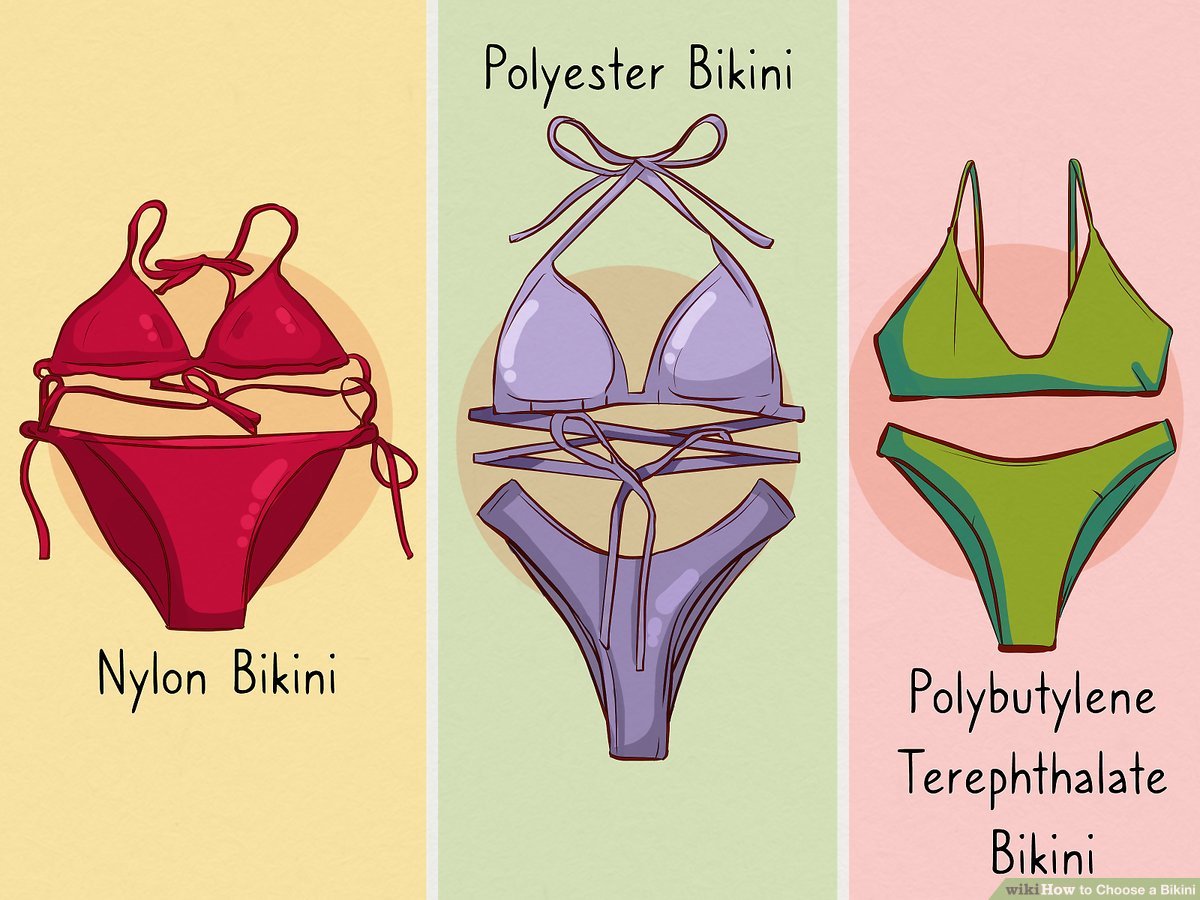
Popular Swimwear Fabric Brands
Several brands specialize in high-quality swimwear fabrics:
- LYCRA®: Renowned for its elasticity and comfort, LYCRA® is often found in premium swimwear lines.
- Carvico: An Italian brand known for producing eco-friendly fabrics with excellent performance characteristics.
- Spoonflower: Offers custom printed swimwear fabrics with unique designs suitable for DIY projects.
Trends in Swimwear Fabrics
The swimwear industry continually evolves with trends in fabric technology and design:
- Textured Fabrics: Ribbed or smocked textures are gaining popularity for their stylish appearance while maintaining functionality.
- Eco-Friendly Options: Sustainable materials are becoming more prevalent as consumers seek environmentally responsible choices.
Visuals of Swimwear Fabrics
To illustrate the variety of swimwear fabrics available, here are some images showcasing different types:
Nylon Swim Fabric
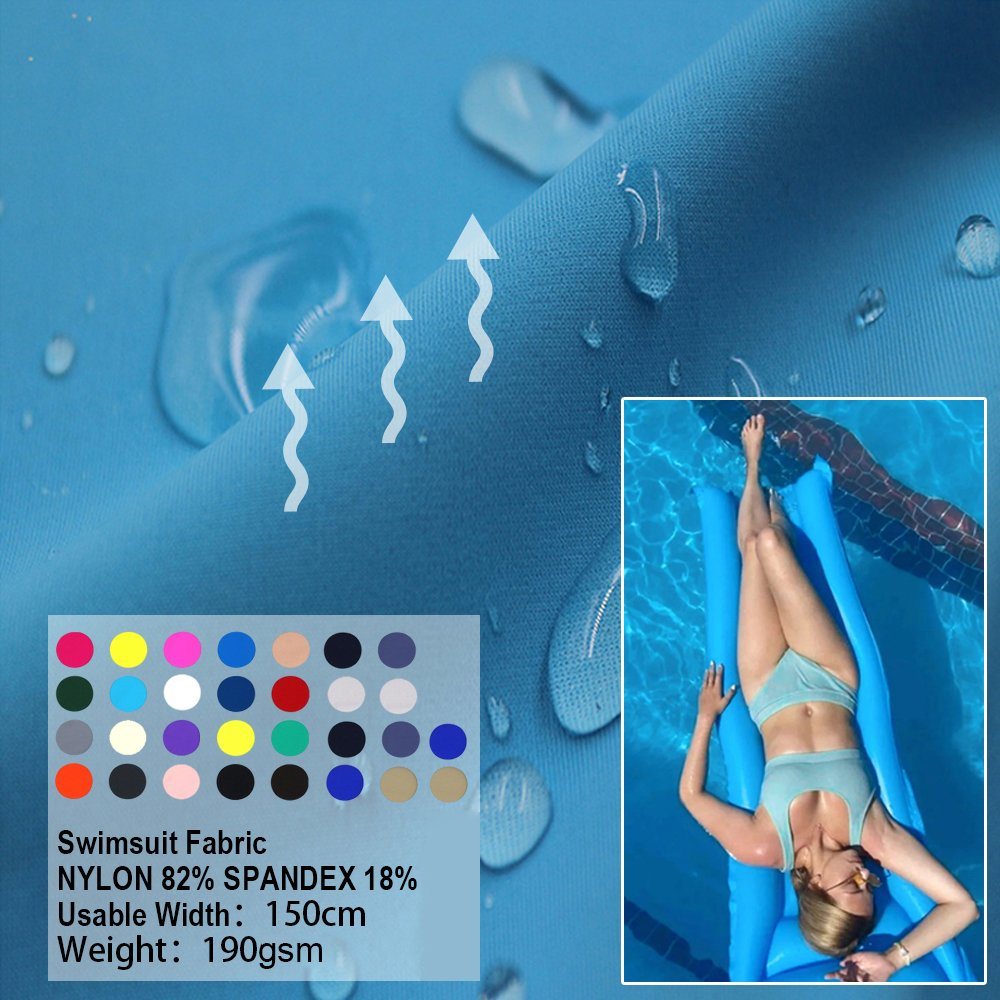
Polyester Swim Fabric
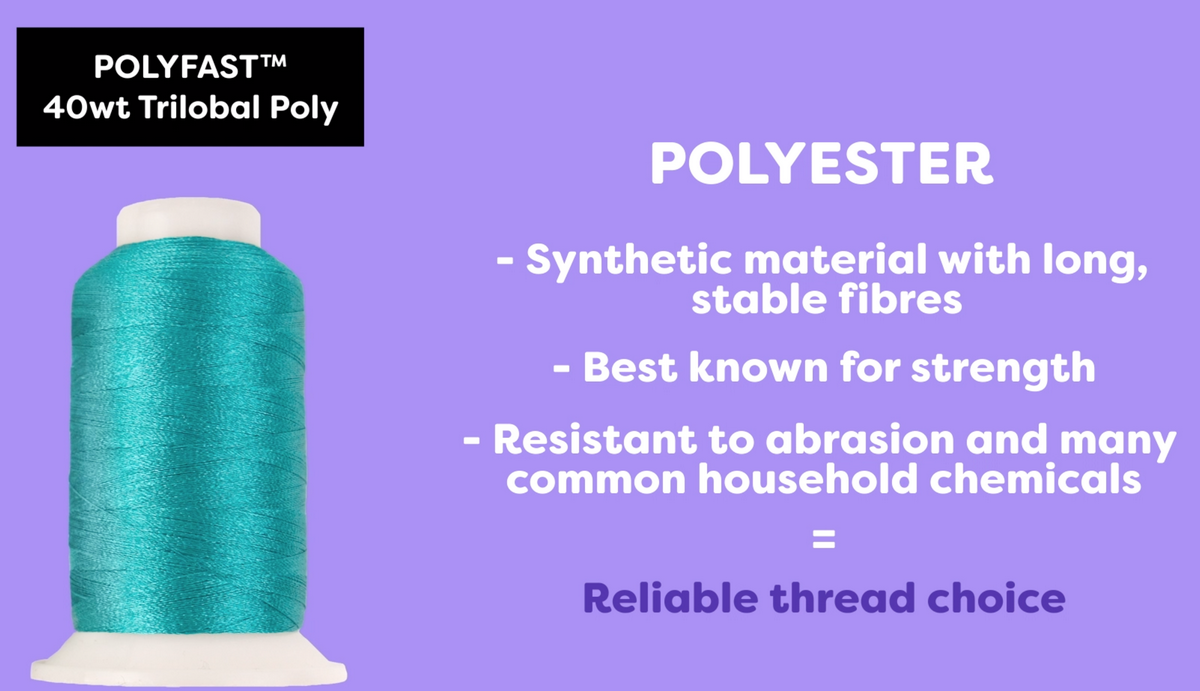
Spandex Blend
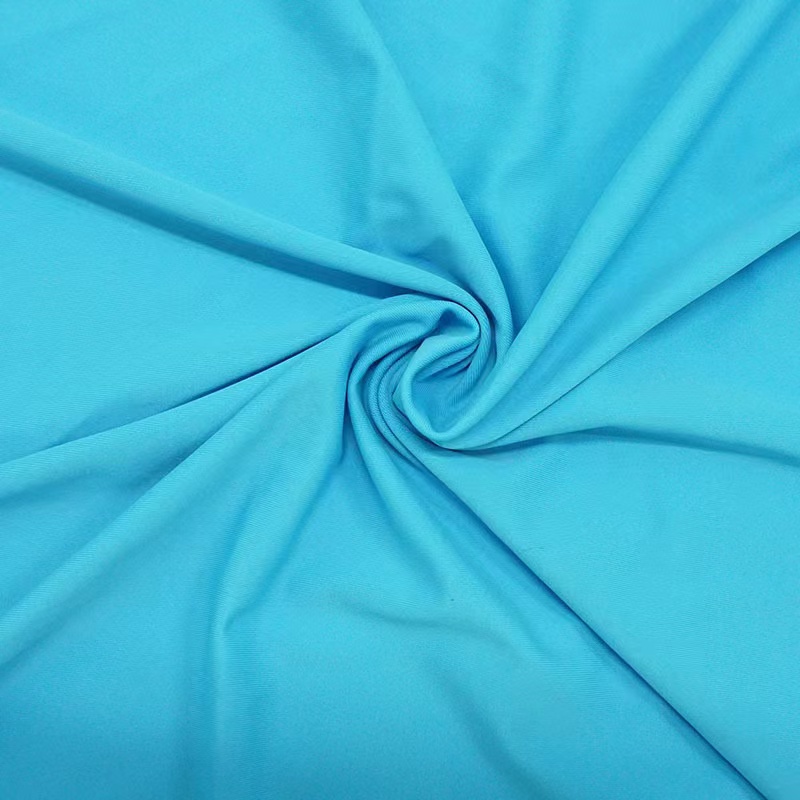
Videos on Swimwear Fabric Selection
For further insights into choosing the right swimwear fabric, consider watching these informative videos:
1. [How to Choose Swimsuit Fabric](https://www.youtube.com/watch?v=WjOWZVuFW7c)
2. [Top 10 Tips for Sewing with Swimwear Fabrics](https://www.youtube.com/watch?v=RovNziML5jw)
3. [The Ultimate Guide to Swimwear Fabric (Part 1) || Katie Fredrickson](https://www.youtube.com/watch?v=2RRwKHkfSZU)
Innovations in Swimwear Fabric Technology
Recent advancements in fabric technology have led to innovative solutions that enhance performance and comfort:
- Water Repellent Treatments: Some manufacturers apply water-repellent finishes that help keep the fabric lighter by preventing water absorption. This treatment also aids in drying faster after swimming.
- Antimicrobial Properties: To combat odors caused by bacteria after prolonged use, some fabrics are treated with antimicrobial agents that inhibit bacterial growth.
- Seamless Construction Techniques: Advances in manufacturing have led to seamless designs that reduce chafing and improve comfort during wear. These techniques also enhance the overall aesthetic appeal of swimsuits.
The Importance of Fit and Sizing
Selecting the right size is crucial when it comes to swimwear. The fit can significantly affect both comfort and performance. Here are some tips on how to ensure you choose the right size:
- Know Your Measurements: Take accurate measurements of your bust, waist, hips, and inseam to compare against size charts provided by manufacturers.
- Consider Body Shape: Different styles may flatter different body shapes better than others; understanding your body type can help you select a swimsuit that enhances your best features.
- Try Before You Buy: If possible, try on swimsuits before purchasing them. Pay attention to how they feel when moving around—ensure there's no pinching or excessive looseness.
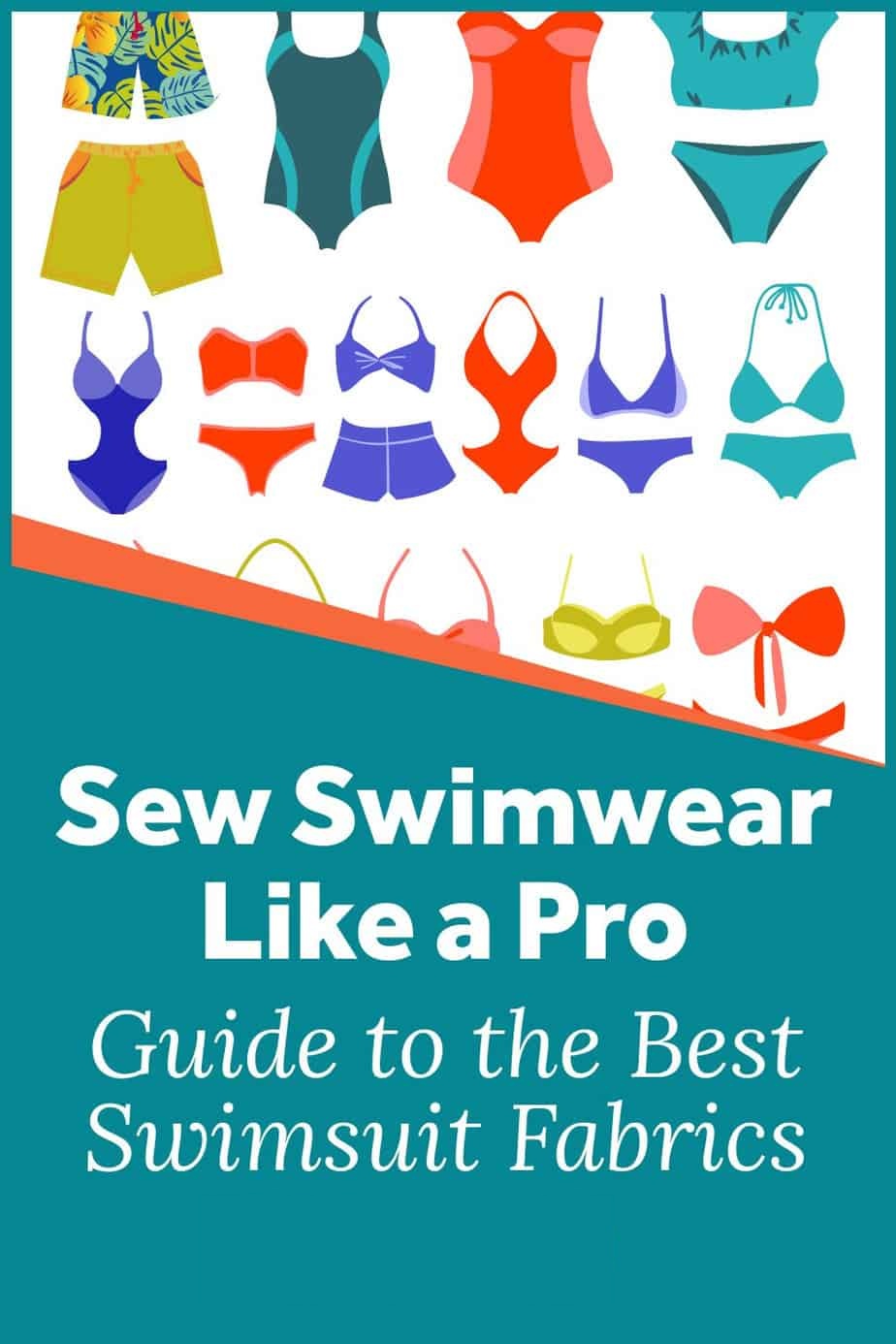
Swimwear Care Tips
Proper care can prolong the life of your swimwear significantly. Here are some essential care tips:
1. Rinse Immediately After Use: Rinsing your swimsuit in cool water immediately after swimming helps remove chlorine or saltwater residues that can degrade fabric over time.
2. Hand Wash Only: Avoid machine washing as it can stretch out the fabric; instead, hand wash using mild detergent specifically designed for delicate fabrics.
3. Avoid Heat Sources: Never wring out swimsuits or expose them directly to heat sources like dryers; instead, lay them flat to dry away from direct sunlight to prevent fading.
4. Store Properly: When not in use, store swimsuits flat or hanging up rather than crumpled up in a drawer to maintain their shape.
Conclusion
Understanding the content of swimwear fabric is essential for selecting the right swimsuit that meets your needs. By considering factors such as material properties, intended use, care requirements, fit, and style preferences, you can make informed decisions that enhance your swimming experience. With advancements in technology leading to innovative designs and sustainable options becoming more available, consumers have a wider array of choices than ever before when it comes to selecting quality swimwear.
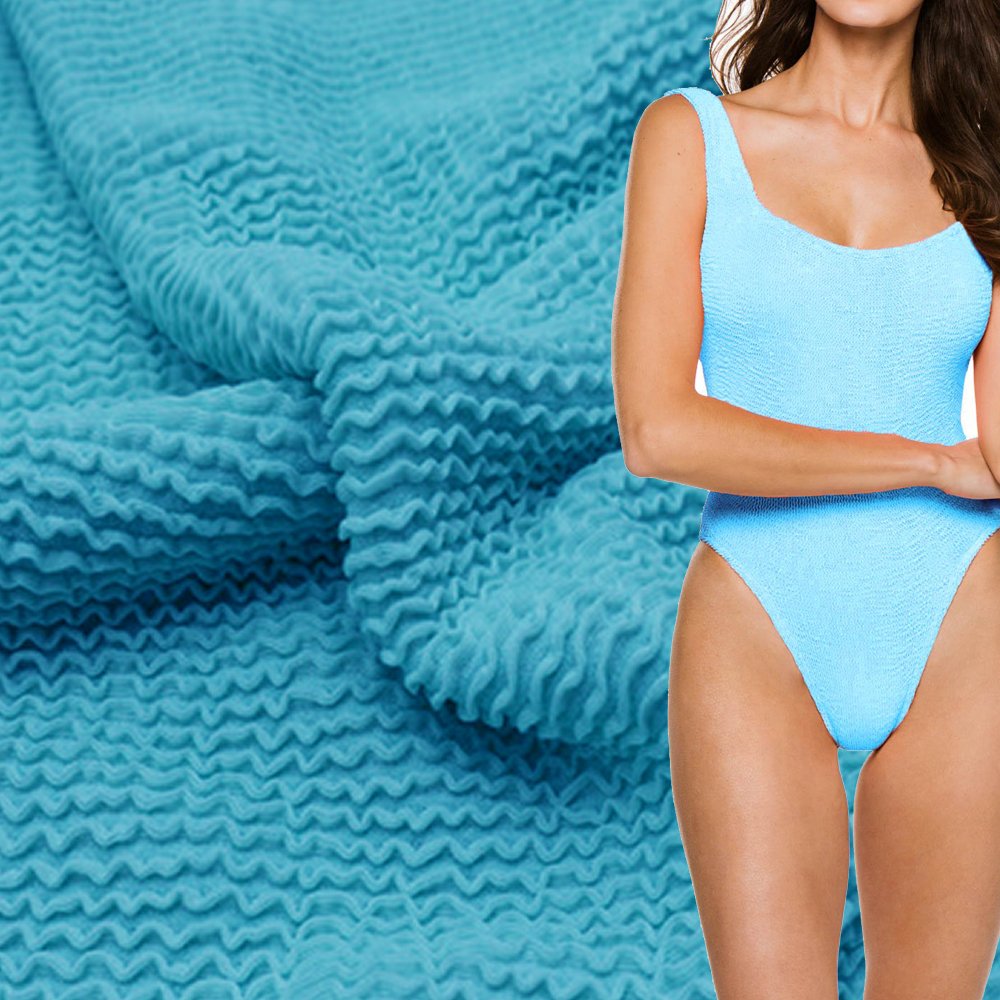
Related Questions & Answers
1. What is the best fabric for competitive swimsuits?
- The best fabric is typically a blend of polyester and spandex due to its durability and resistance to chlorine.
2. How do I care for my swimwear?
- Rinse with cool water after each use, hand wash with mild detergent, and hang dry away from direct sunlight.
3. Can I use cotton in my swimsuit?
- Cotton is not recommended as it absorbs water and loses shape; however, it can be used in cover-ups or casual beach attire.
4. What does PBT stand for?
- PBT stands for Polybutylene Terephthalate, a type of polyester known for its excellent stretch and chlorine resistance.
5. Are there eco-friendly options available?
- Yes! Many brands now offer recycled polyester blends that provide both performance and sustainability.
Citations:
[1] https://www.reddit.com/r/sewing/comments/1917bfg/what_makes_something_a_swimwear_fabric/
[2] https://www.seamwork.com/articles/how-to-shop-for-swimwear-fabric
[3] https://www.swimoutlet.com/blogs/guides/understanding-competition-swimsuit-fabrics
[4] https://www.spoonflower.com/en/shop/swimsuit
[5] https://www.youtube.com/watch?v=RovNziML5jw
[6] https://baliswim.com/choosing-swimsuit-material-the-best-swimsuit-fabric-for-you/
[7] https://threadistry.com/blog/swimsuit-fabrics/
[8] https://baliswim.com/textured-swimwear-fabric-trends/
[9] https://www.youtube.com/watch?v=WjOWZVuFW7c
[10] https://www.bagsoflove.co.uk/swimsuit-fabric
























